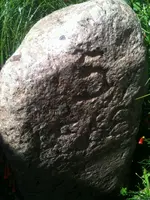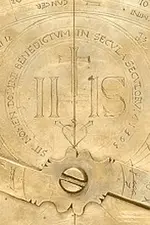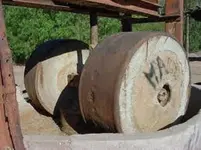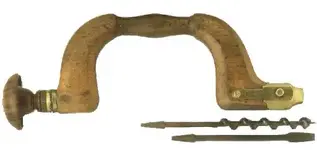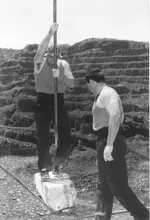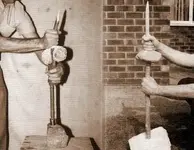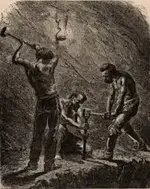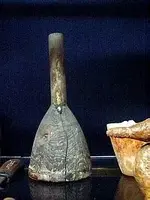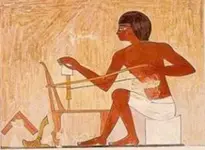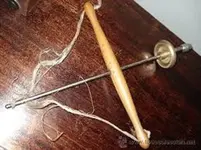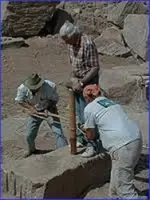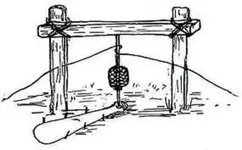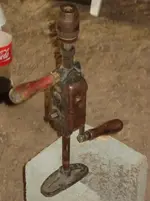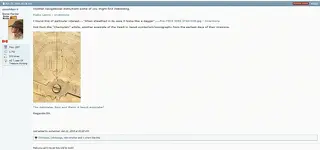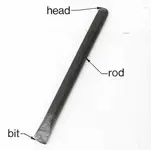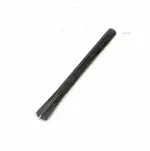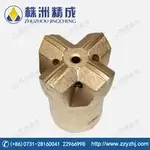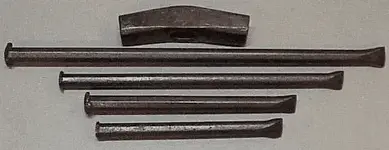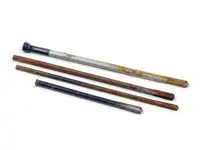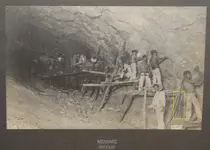sailaway
Hero Member
- Joined
- Mar 2, 2014
- Messages
- 623
- Reaction score
- 816
- Golden Thread
- 0
- Primary Interest:
- All Treasure Hunting
somehiker i was not referring to the stone maps when I said that it is on the arm of the priest. That is where I found the numbers on the large priest that looks east from Rogers Canyon, the same arm that holds the cross. The warning is from the elbow to the sleeve. It is also on the north wall of Fish Creek Canyon.
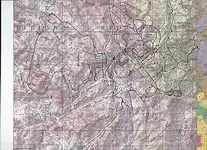

Last edited:



 , complete with the SOS and AULD LANG SYNE.
, complete with the SOS and AULD LANG SYNE.